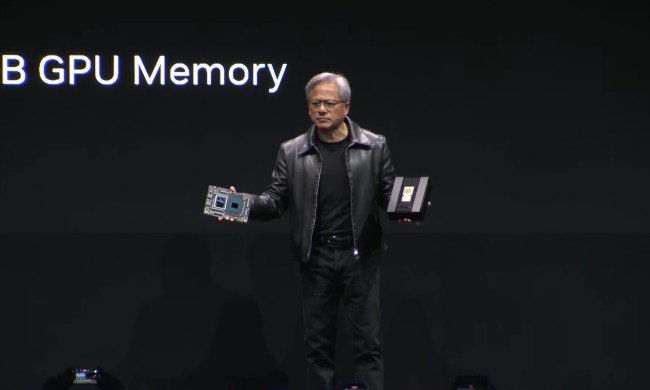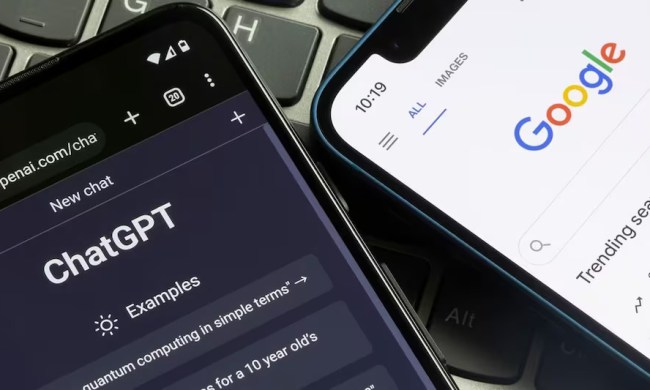Boston Dynamics’ Spot robot has already impressed us with its astonishing agility, but now it can make a pretty good tour guide, too.
Keen to explore how generative AI tools like OpenAI’s ChatGPT chatbot can be used with its robot dog, the company’s clever engineers recently decided to create a tour guide using the technology.
A video (top) demonstrating the effort reveals some very impressive results. Sporting a hat, plastic eyes, and fake eyebrows, and opening and closing its robotic gripper as it “talks,” Spot takes us on an entertaining tour of parts of Boston Dynamics’ facility in Massachusetts.
“We were interested in seeing how you could use technologies like these for robotics,” Matt Klingensmith, principal software engineer at Boston Dynamics, says in the video.
As part of preparations, the team gave Spot a brief script naming each room that it was to visit, along with a single sentence explaining the room’s purpose. Spot then combines that data with images from its built-in cameras before running it through what’s known as a “visual question answering model” to try to get more information about what it’s looking at so that it can offer a more elaborate spoken response.
The best part is how Spot behaves when instructed to adopt different personalities. Check out the British butler guide at the start of the video, for example, and the sarcastic guide a few minutes in. The Shakespearean actor is also very impressive.
“It would come up with these crazy personalities,” Klingensmith says. “It would incorporate its backstory into what it was seeing, reinterpret things that it was seeing. It was pretty incredible.”
The software engineer said he was also surprised by some of the responses. For example, when he asked Spot to show him its parents, the robot took him over to an early version of Spot among Boston Dynamics’ display of robots.
Klingensmith says AI might make it possible for robots “not just to follow our commands, but in some sense understand the actions that they can take in the context of the world around them,” adding that it could be useful for applications that “we haven’t imagined yet.”
Human tour guides needn’t worry just yet, though, as Klingensmith said that AI chatbots still have a tendency to make stuff up (known as “hallucinations”), which is definitely what you don’t want to happen inside somewhere like a museum.
It’s also susceptible to the internet connection going down, he added.


